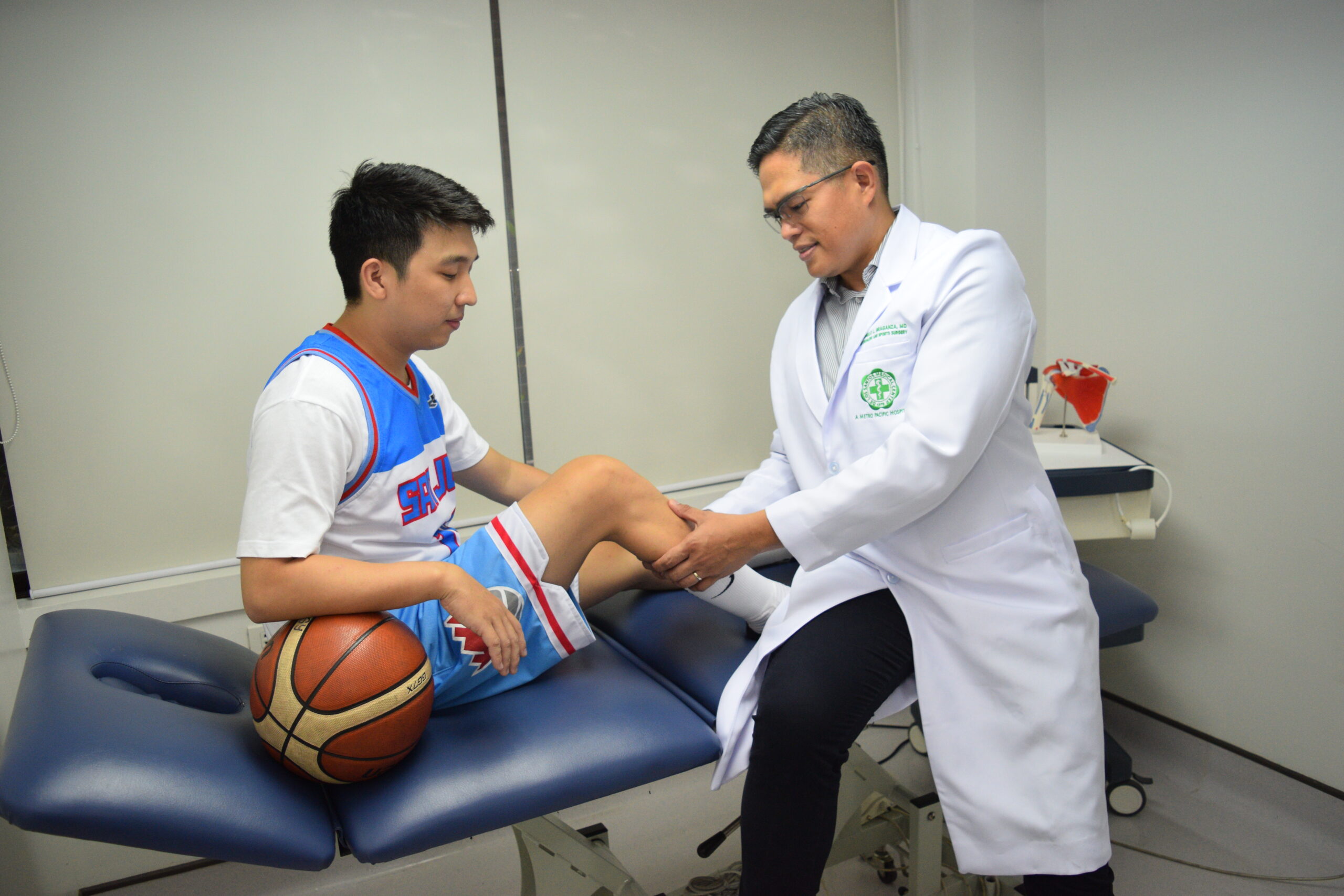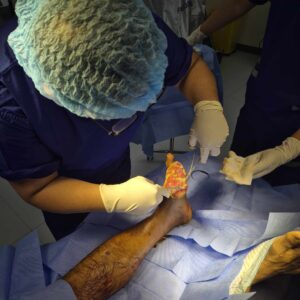Sports injuries can happen to anyone—from seasoned athletes to casual weekend warriors. When pain strikes, recovery is more than just rest and ice. Today, physical therapists have a wide range of tools at their disposal, with manual therapy, K-tape, and dry needling leading the list of commonly used treatments.
At Osteopractic Physical Therapy of Central Indiana in Fishers, IN, these methods are part of a comprehensive, evidence-based approach to sports injury rehabilitation. But which of these treatments truly delivers results? Here’s what you need to know.
What Is Manual Therapy?
Manual therapy involves hands-on techniques performed by a licensed physical therapist to address joint dysfunction, muscle tightness, and soft tissue restrictions. This includes:
- Joint mobilization
- Soft tissue massage
- Myofascial release
- Passive stretching
These methods are designed to improve range of motion, reduce pain, and restore normal function after an injury.
Benefits of Manual Therapy:
- Enhances mobility and joint flexibility
- Reduces muscle tension and spasms
- Promotes faster recovery from sprains and strains
- Improves circulation and tissue healing
Manual therapy is especially effective for ankle sprains, muscle strains, and limited joint motion following a sports injury.
Understanding Kinesiology Taping (K-Tape)
Kinesiology tape, often referred to as K-tape, is a flexible, elastic tape applied to muscles and joints to offer light support without restricting movement. It’s a staple in athletic training rooms and sports physical therapy clinics.
Uses of K-Tape in Sports Physical Therapy:
- Reduces inflammation and swelling
- Aids muscle recovery by promoting circulation
- Provides neuromuscular feedback for posture correction
- Supports injured joints or muscles during activity
However, it’s important to note that while K-tape can be helpful, it’s not a standalone treatment. Its best results are seen when used in combination with other therapies.
Exploring Dry Needling for Muscle Pain Relief
Dry needling is a modern physical therapy technique used to release tight muscle bands and deactivate painful trigger points. Unlike acupuncture, dry needling is based on Western medicine and targets specific areas of musculoskeletal dysfunction.
At Osteopractic Physical Therapy of Central Indiana, certified physical therapists use electric dry needling to treat deep muscle tension and chronic pain in athletes.
Benefits of Dry Needling:
- Relieves persistent muscle knots and tightness
- Increases blood flow to injured areas
- Improves flexibility and movement
- Speeds up recovery for overuse injuries and strains
It’s especially helpful for athletes dealing with overuse injuries, shin splints, swollen muscles, or chronic tension in the hips, knees, or shoulders.
Which Technique Works Best?
There’s no one-size-fits-all solution in sports rehab. The right treatment depends on the type, location, and severity of the injury. Below is a comparison of each technique:
| Treatment | Best For | Key Benefit |
|---|---|---|
| Manual Therapy | Muscle strain, joint stiffness | Restores mobility, relieves pain |
| K-Tape | Mild swelling, muscle fatigue | Light support, improved circulation |
| Dry Needling | Trigger points, deep muscle tightness | Releases tension, speeds healing |
Often, a combination of all three approaches is the most effective. That’s why a personalized plan, developed by a licensed physical therapist, is essential.
What to Expect During a Physical Therapy Session
At Osteopractic Physical Therapy of Central Indiana, each patient undergoes a comprehensive evaluation before starting treatment. This may include:
- A physical exam
- Review of diagnostic imaging (e.g., X-ray, MRI, ultrasound)
- Assessment of movement, posture, and strength
Based on your condition, the therapist will design a customized plan that may include manual therapy, K-tape application, electric dry needling, stretching routines, and targeted strengthening exercises.
When to Consider Physical Therapy for a Sports Injury
If you’re experiencing:
- Persistent muscle or joint pain
- Reduced flexibility or range of motion
- Recurring swelling after activity
- Weakness or instability in a joint
…it’s time to seek help.
Ignoring these signs could lead to chronic pain, longer recovery times, or re-injury. The sooner you address the problem, the quicker you’ll return to doing what you love—whether it’s running, lifting, or competing.
Sports Physical Therapy in Fishers, IN
Osteopractic Physical Therapy of Central Indiana is a trusted provider of sports injury rehab in Fishers, IN. With a focus on evidence-based treatment, personalized care, and client education, the clinic helps athletes and active individuals recover safely and effectively.
Whether you’re dealing with a sprain, a strain, or chronic overuse pain, our experienced therapists are here to guide you every step of the way.
Takeaway
Manual therapy, K-tape, and dry needling each have their place in sports injury treatment—and in many cases, they work best together. The key is a thoughtful, customized approach provided by skilled physical therapists.
If you’re recovering from a sports injury or want to prevent one, don’t guess your way through recovery. Contact Osteopractic Physical Therapy of Central Indiana today to schedule a personalized evaluation and get back to peak performance—with confidence.






